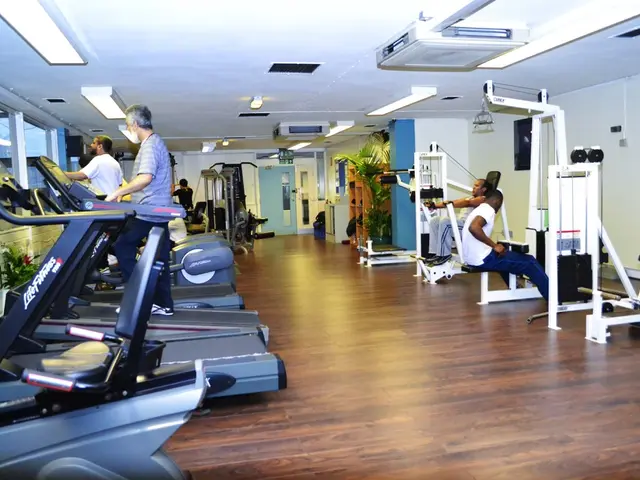German Life: Insight into Daily Living Habits
In the heart of Europe, Germany stands as a beacon of modernity and progress. With a population of approximately 83.6 million people, the country boasts a rich culture, robust economy, and high standards of living.
Demographically, the average German woman in 2024 is 46.2 years old, while the average man is 43.5 years old. This slight age disparity between the genders is reflected in the life expectancy statistics, with women enjoying an average life expectancy of 83.5 years, a significant 4.6 years longer than men, who have an average life expectancy of 78.9 years.
The average household in Germany consists of 3.4 members, with the majority of households being small families. The low fertility rates and family sizes in Germany are a reflection of broader demographic trends, with typical families usually consisting of two parents and one or two children.
The average dwelling in Germany offers a living area of 94.4 square meters. Most individuals or small families live in rented apartments, with rent for a single person ranging from €600–900 per month. The net rent per square meter for an average dwelling is 7.28 euros.
Living costs in Germany are moderate, with a single person typically needing around €1,300–€1,800 per month to cover rent, utilities, food, health insurance, and transport. Rent costs are higher in large cities like Munich or Frankfurt compared to smaller cities like Leipzig or Dresden.
Germany's healthcare system is robust, with mandatory health insurance for salaried employees earning under €64,350/year and options for private insurance beyond that. Public health insurance includes family members and covers necessary medical expenses according to social law standards.
The German workforce enjoys stable employment conditions with a social insurance system that balances contributions and benefits. However, the country's aging population and shrinking working-age population may impact labor market dynamics, as immigration needs highlight labor shortages.
In conclusion, the average German lives in a moderate-cost urban or suburban setting, with small family sizes, high life expectancy with good health, and structured healthcare and employment benefits. The culture prioritizes quality of life with comprehensive social systems supporting living, health, and work.
The average German individual has a lifestyle that blends urban or suburban living with small family sizes and high life expectancy, fostered by robust healthcare and employment benefits. Home-and-garden-wise, the average dwelling offers a living space of 94.4 square meters, mostly occupied by individuals or small families residing in rented apartments.




